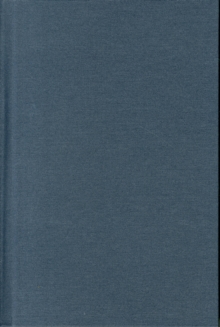
Cohomological Induction and Unitary Representations (PMS-45), Volume 45 PDF
by Anthony W. Knapp, David A. Vogan Jr.
Part of the Princeton Mathematical Series series
Description
This book offers a systematic treatment--the first in book form--of the development and use of cohomological induction to construct unitary representations. George Mackey introduced induction in 1950 as a real analysis construction for passing from a unitary representation of a closed subgroup of a locally compact group to a unitary representation of the whole group. Later a parallel construction using complex analysis and its associated co-homology theories grew up as a result of work by Borel, Weil, Harish-Chandra, Bott, Langlands, Kostant, and Schmid. Cohomological induction, introduced by Zuckerman, is an algebraic analog that is technically more manageable than the complex-analysis construction and leads to a large repertory of irreducible unitary representations of reductive Lie groups.
The book, which is accessible to students beyond the first year of graduate school, will interest mathematicians and physicists who want to learn about and take advantage of the algebraic side of the representation theory of Lie groups. Cohomological Induction and Unitary Representations develops the necessary background in representation theory and includes an introductory chapter of motivation, a thorough treatment of the "translation principle," and four appendices on algebra and analysis.
Information
-
Download - Immediately Available
- Format:PDF
- Pages:968 pages
- Publisher:Princeton University Press
- Publication Date:02/06/2016
- Category:
- ISBN:9781400883936
Other Formats
- Hardback from £160.59
Information
-
Download - Immediately Available
- Format:PDF
- Pages:968 pages
- Publisher:Princeton University Press
- Publication Date:02/06/2016
- Category:
- ISBN:9781400883936










